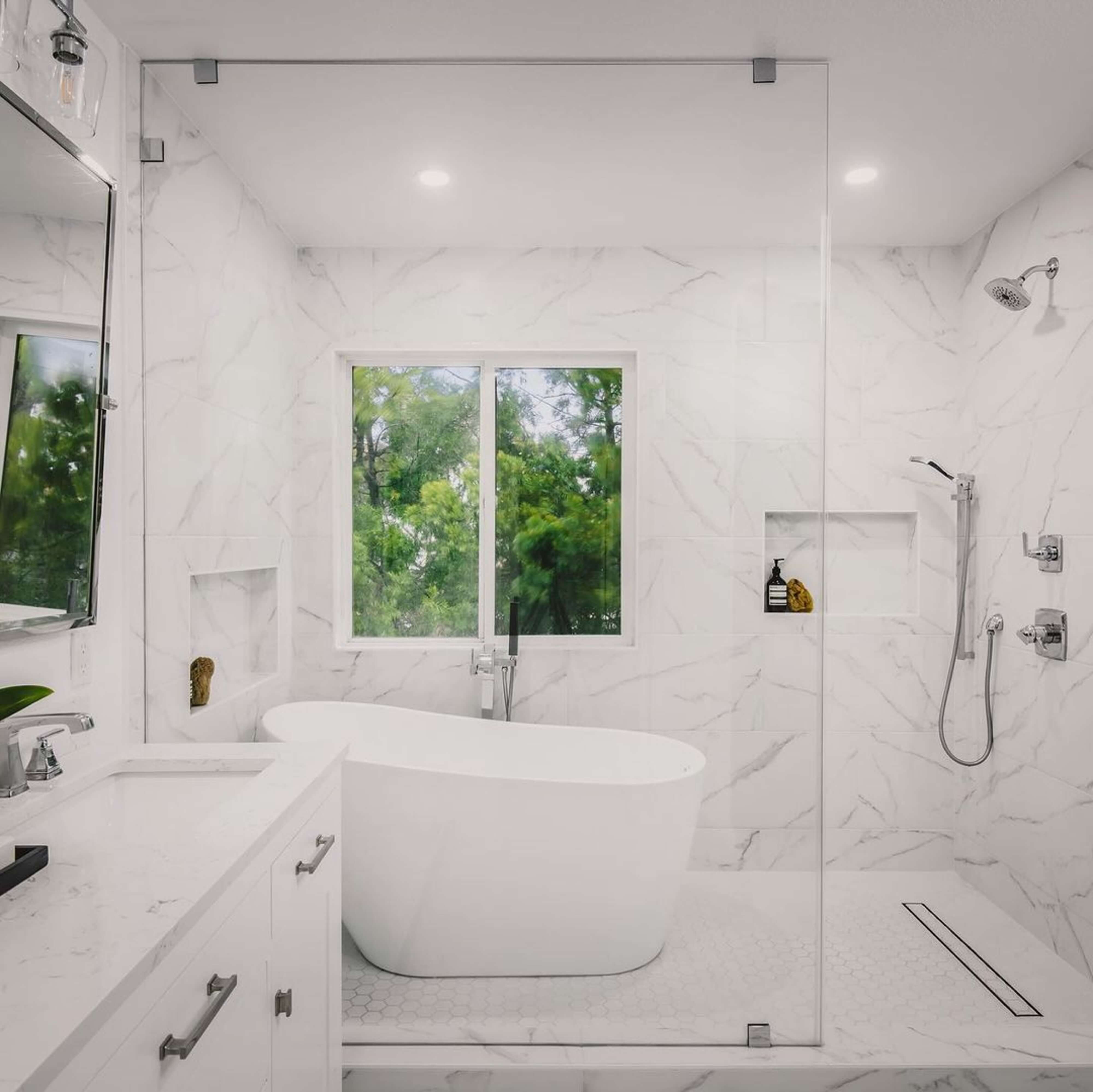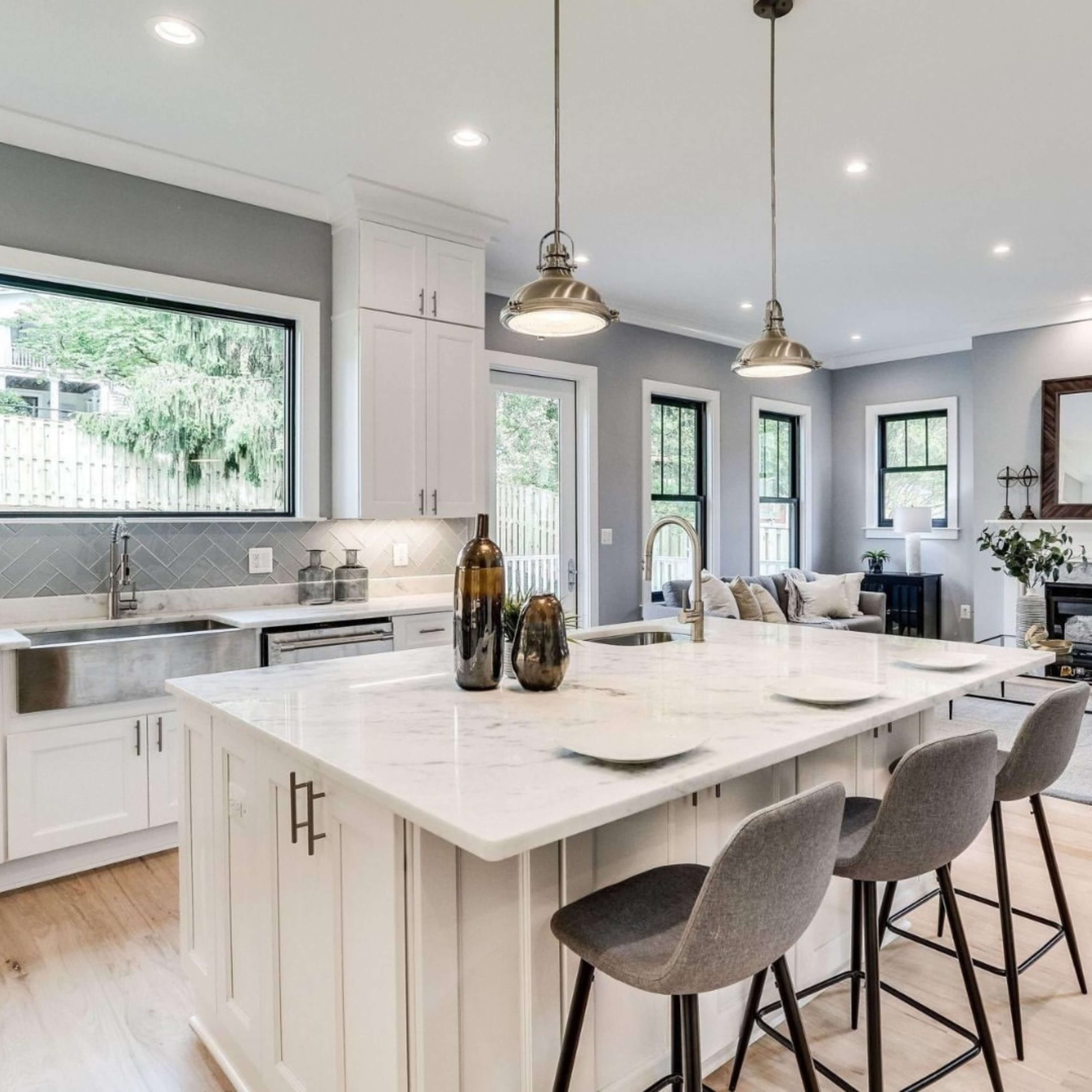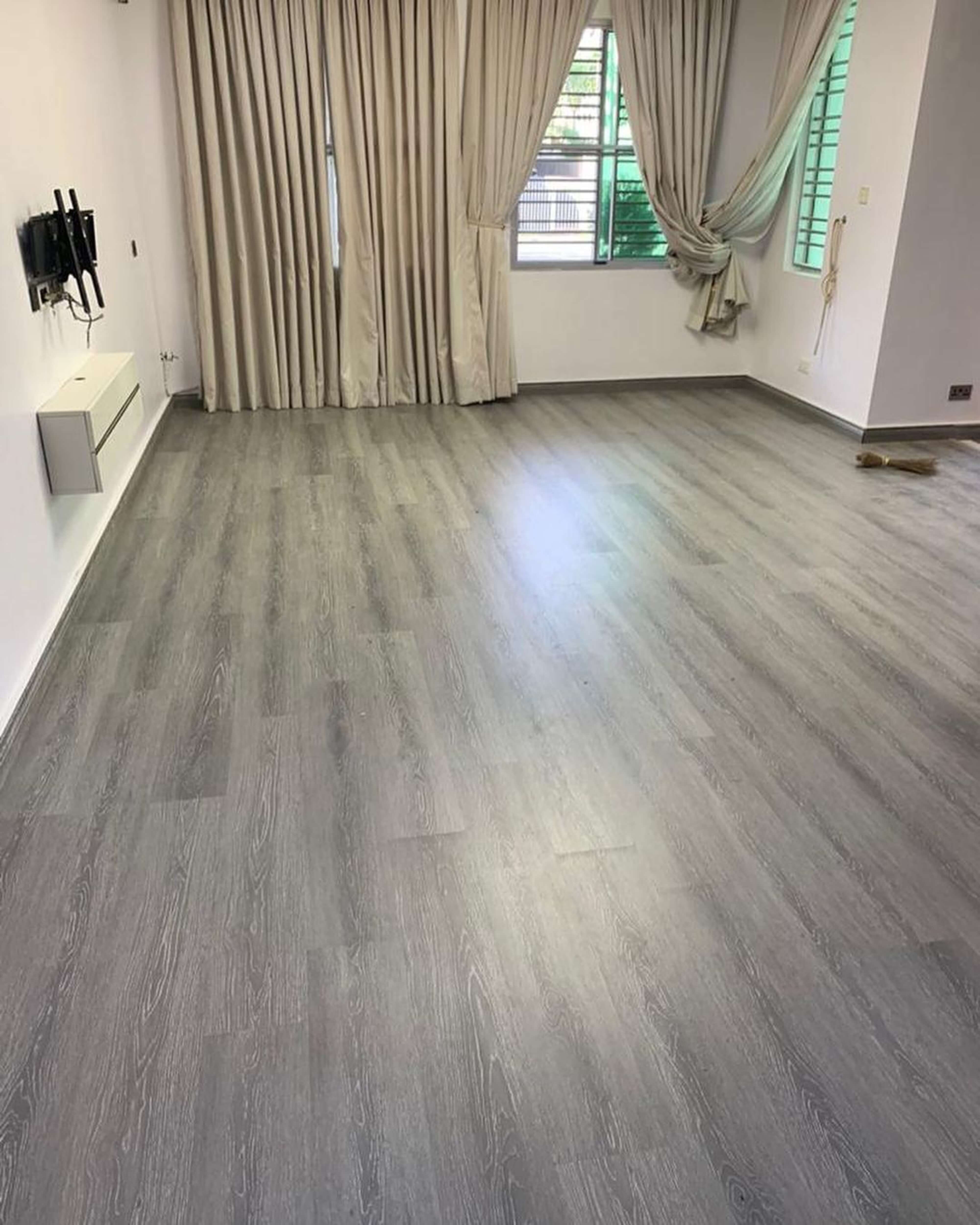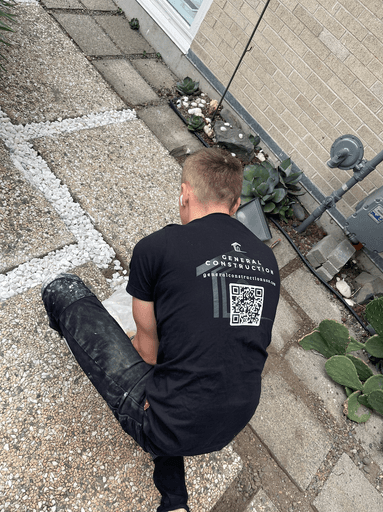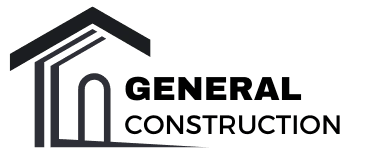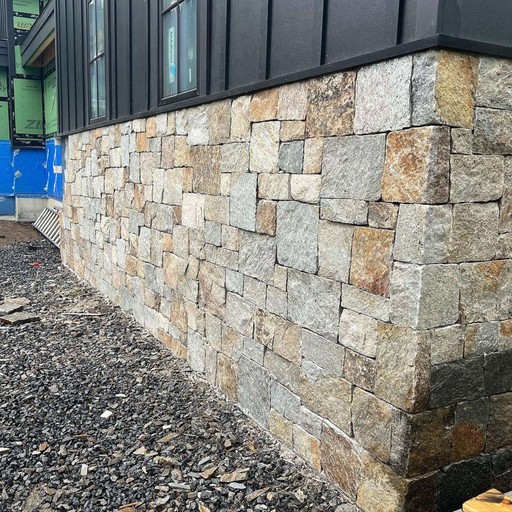
Aug 23, 2024
Top 10 Masonry Practices for a Solid Home In Seattle WA

Building a solid home in Seattle requires knowing masonry. Without the right practices your home’s structural integrity is at risk. Seattle’s weather, with all the rain and moisture, makes it imperative to use the best masonry practices to avoid costly repairs down the road.
Imagine investing in your dream home only to have cracks in the masonry walls, water damage or worse— structural failure. These aren’t just inconvenient they can be financially burdensome and even dangerous. Many homeowners in Seattle struggle to find a masonry company that can address these specific issues.
In this article we’ll cover the top 10 masonry practices every Seattle homeowner should know. By following these practices you can have a solid and durable home no matter the weather. Whether you’re working with local companies or doing it yourself these tips will give you long lasting results.

Design and Planning
When building in Seattle design and planning is key. From concept to development every part of the project requires attention to detail. This ensures the final product meets both aesthetic and functional standards and meets Seattle’s building codes and environmental regulations.
Planning is key
Planning is important for any masonry project so every square foot of your construction is used efficiently. For example planning allows you to anticipate problems before the work starts and avoid costly mistakes. Good planning means a stronger more durable structure.
A good plan guides the whole process from the first brick laid to the final finish. By considering the square foot of the area and the type of materials needed for example you can have a smooth workflow. Once the work starts having a plan can reduce delays and rework.
Planning is the foundation of a masonry project. For example understanding the square foot requirements and setting realistic timelines before the work starts helps you manage your resources better. Planning saves time and money and improves the overall quality of the construction.
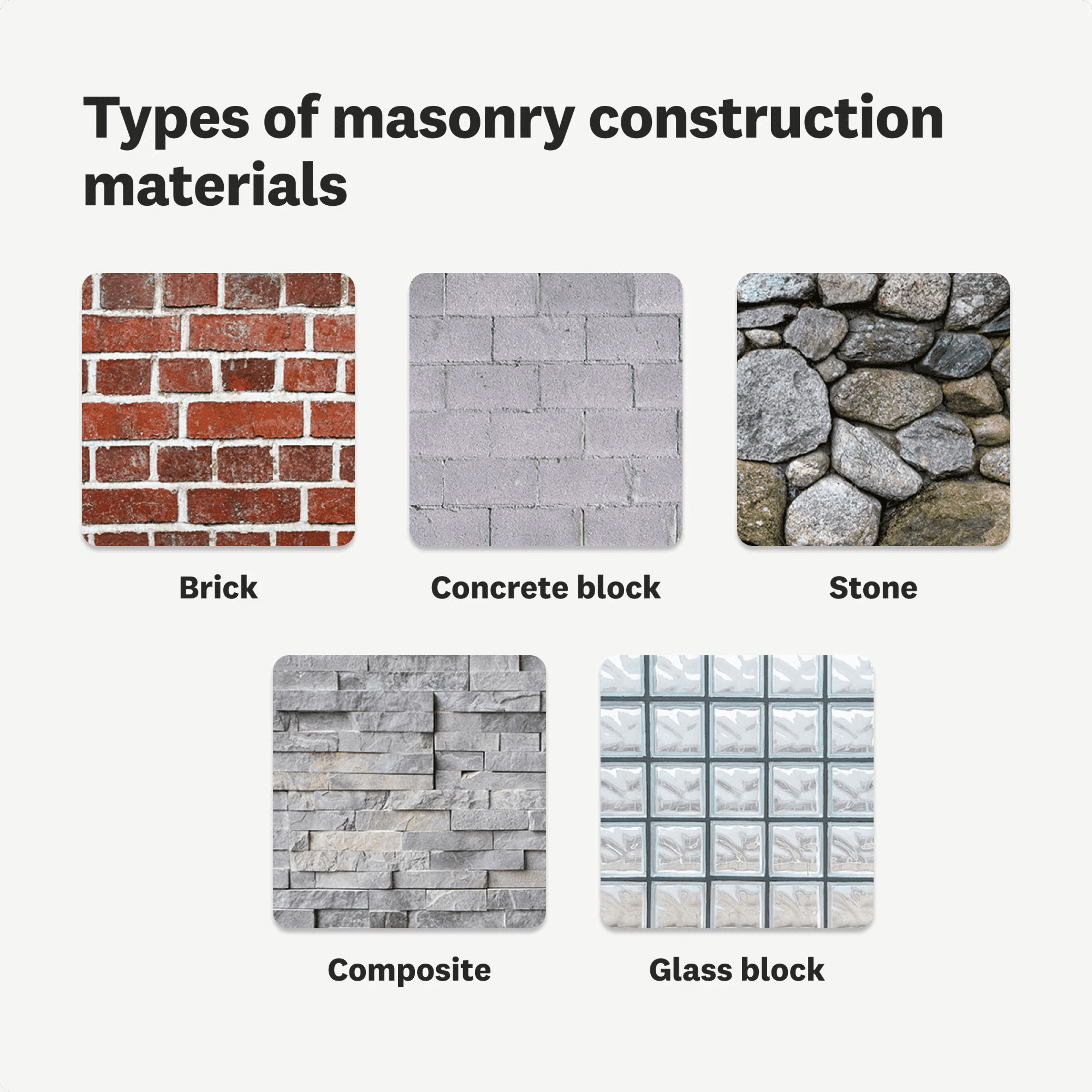
Material Selection
When building a solid and beautiful structure material selection is key. Whether you’re using concrete blocks, bricks or stone each has its own strengths, insulation and looks. Knowing the differences will help you choose the right material for your project and get lasting quality.
Masonry materials
Material selection for masonry projects in Seattle is key to durability and strength. Among the most common materials clay is used for brickmaking because it’s malleable when wet and solid when fired. It’s used in Seattle construction for both aesthetic and lasting durability.
Clay bricks are popular in Seattle because of its natural insulation properties. It’s perfect for the Seattle climate. Bricks are made by shaping clay and then firing it in a kiln to harden the material. This process makes the bricks withstand Seattle’s wet weather without deteriorating.
In addition to clay bricks stone and concrete blocks are used in Seattle construction. Each material has its own benefits, stone is natural and rustic, concrete blocks is strong and versatile. The choice of material depends on the project requirements and aesthetic goals.
A solid base
A solid base is key to any building, so it stands strong and durable over time. The base must be built with precision and care considering soil type, load bearing capacity and environmental conditions. The right base will support the whole structure for the duration it’s meant to last.
The type of base used will depend on the building requirements and the material available. Bases can be built with concrete, masonry or other material designed to last for a certain period of time. The choice of base affects the overall longevity and safety of the building so it’s a big consideration.
Building codes and regulations require specific requirements for bases so they can withstand various stresses for the intended time period. Well designed and built bases minimizes the risk of structural failure and keeps the building safe for its occupants.
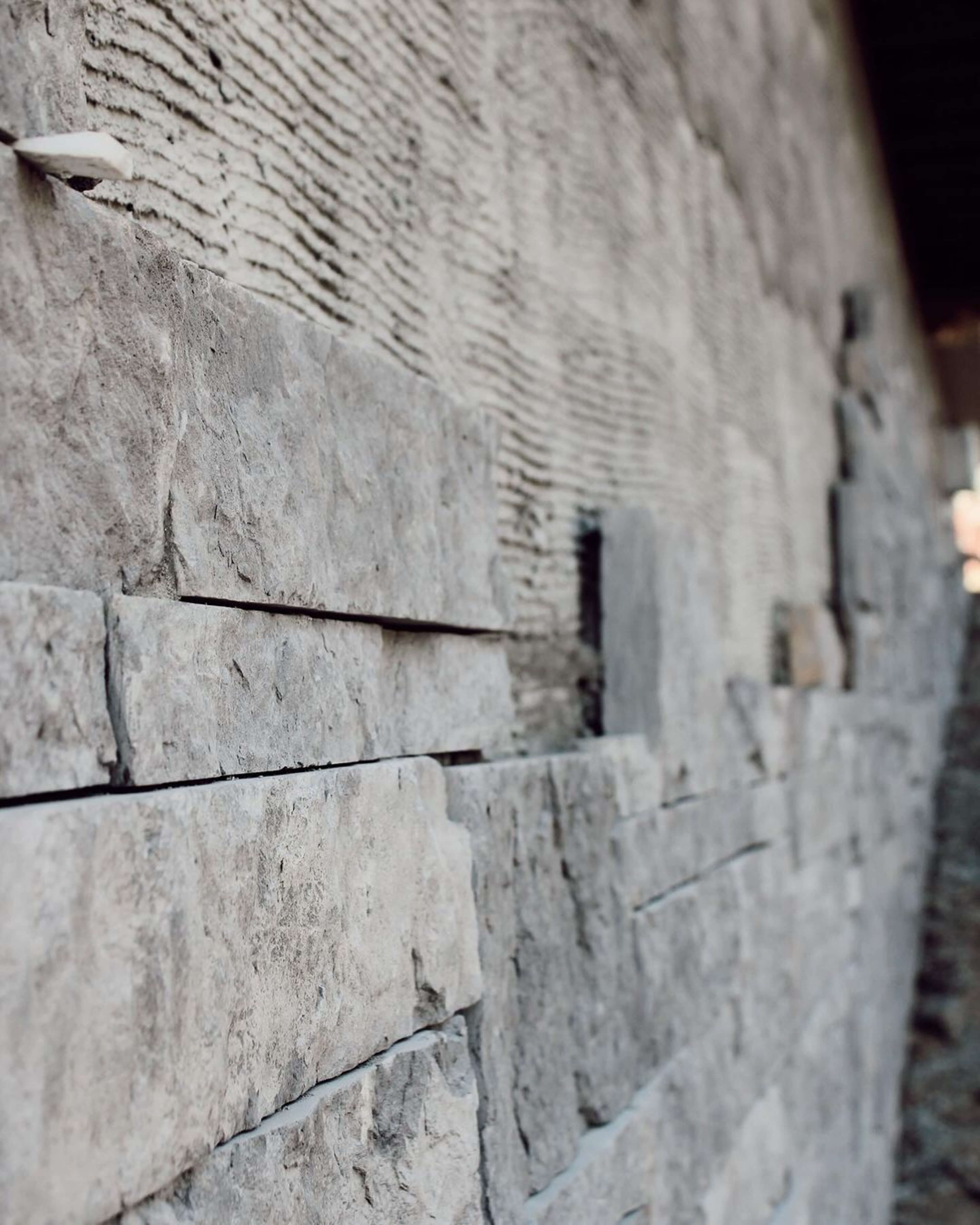
Building the Masonry Wall
Building the masonry wall requires precise placement of bricks and careful attention to mortar joints. Masonry walls durability depends on the quality of the material and craftsmanship. Brick by brick with mortar joints aligned the wall’s structure is established and it will be long lasting and strong.
How to build a solid wall
Use a level and plumb line to make sure your wall is straight and level
Apply a layer of mortar to the base and start building the wall, using a pattern of overlapping bricks or stones
Use a spirit level to make sure each course of bricks or stones is level and plumb
Use a string line to guide the placement of each brick or stone
Consider using a masonry saw to cut bricks or stones to size
Structural integrity
Ensuring the structural integrity of your project is key to long term stability and safety. Whether you’re building walls or using steel reinforcement, the material quality and labor expertise is critical. Proper planning and execution will make your structure last the test of time, minimize risks and maintenance.
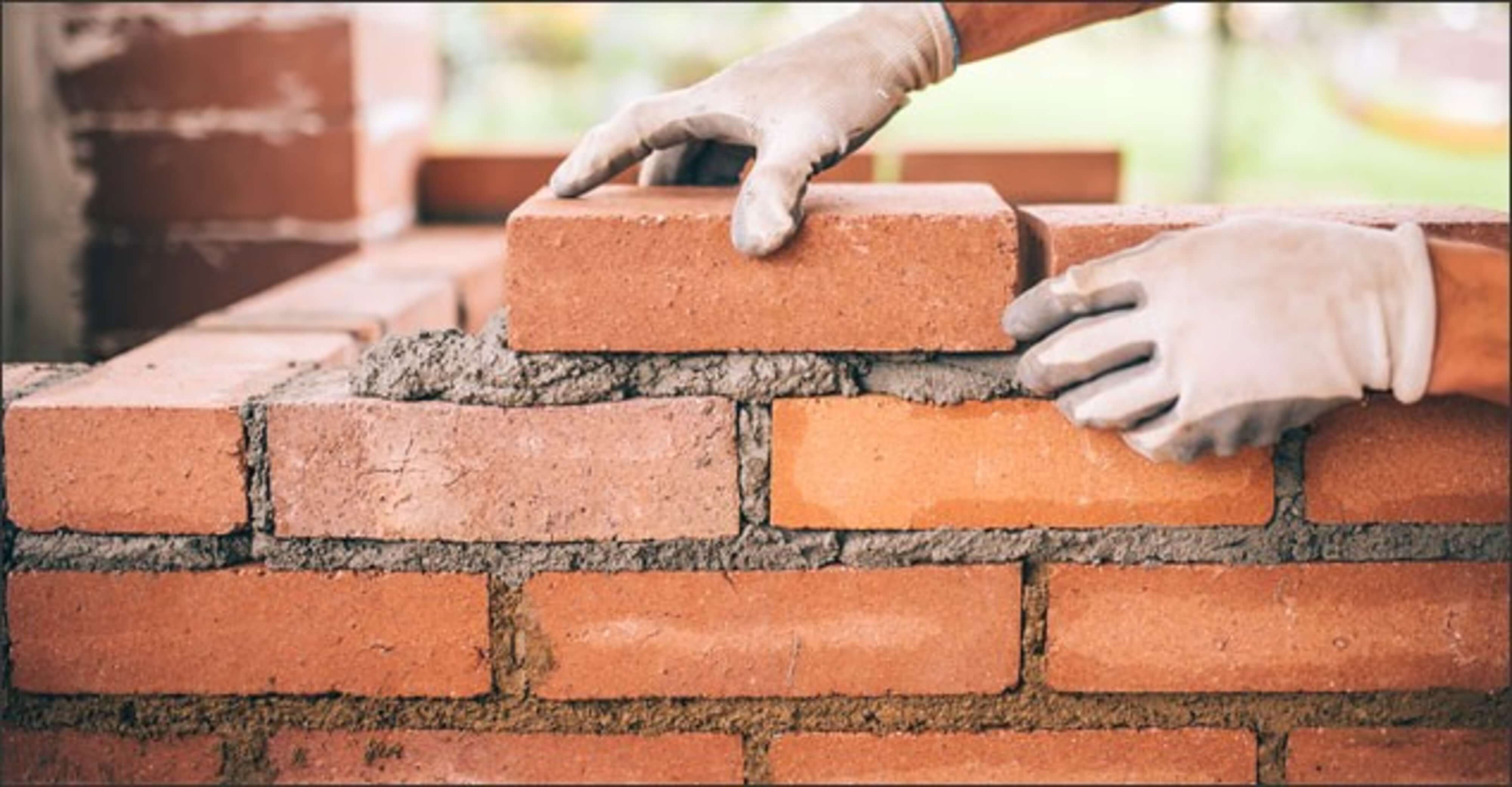
Masonry structure modeling
Masonry structure modeling is important in understanding the behavior of materials like reinforced concrete and stone masonry. Through advanced simulation engineers can predict how these materials will behave during installation. This allows for optimization of construction techniques to make the structure durable and safe.
In masonry structures reinforced concrete is often used to add strength and stability. Stone masonry with reinforced concrete requires precise mechanical modeling to anticipate the stresses. These models will help engineers design solutions that minimizes the risk of structural failure during and after construction.
Masonry structures installation, especially with stone masonry involves detailed planning and modeling. Mechanical modeling will help determine the best way to combine different materials like reinforced concrete with traditional stone. This will ensure the final structure is not only beautiful but structurally sound.
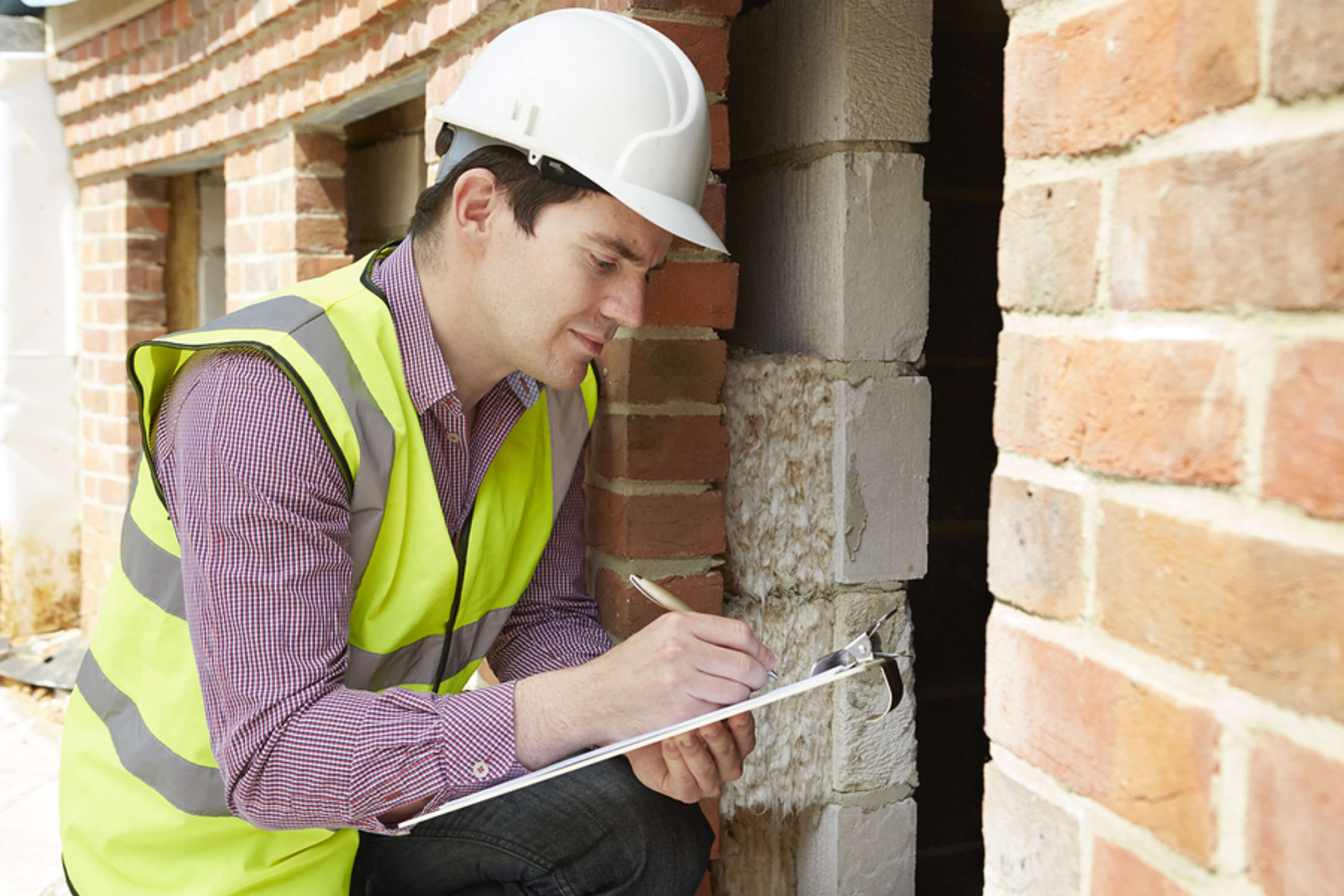
Maintenance and Repair
Masonry walls and similar areas must be maintained to ensure its longevity and structural integrity. Debris accumulation can cause moisture retention and damage over time. Regular inspection and timely repair is crucial to address any issue before it gets worse. Proper maintenance will preserve the aesthetic and functional value of your masonry structures.
Common problems and solutions
Cracks in the wall or structure: caused by settlement or movement, can be repaired with mortar or epoxy
Water damage: caused by leaks or flooding, can be repaired with waterproofing membranes and sealants
Structural damage: caused by earthquake or other disasters, can be repaired with reinforcement and rebuilding
Consider hiring a masonry repair service to fix any issue
Inspect your wall or structure regularly for signs of damage or wear
Safety
When working on masonry projects always prioritize safety to avoid accidents and workflow disruptions. Clear the area of debris as this can be hazardous especially around walkways. Properly stack the bricks and keep the site organized will minimize risks. Below are the safety considerations.
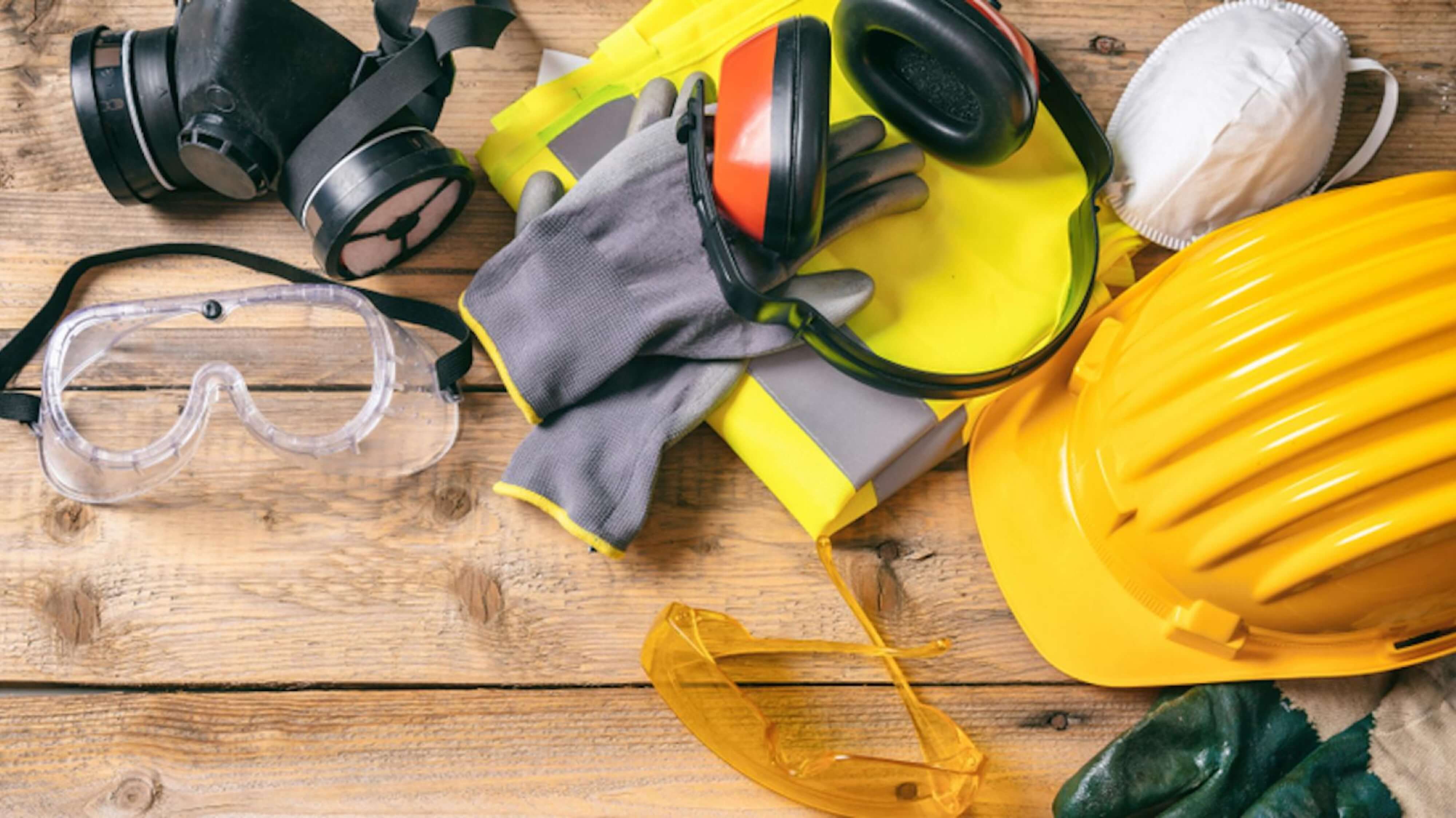
Safe working practices
Wear protective gear, gloves, safety glasses and hard hat
Ensure the work area is well ventilated and free from hazards
Use ladder or scaffolding safely and always maintain three points of contact
Consider hiring a mason or contractor to help with the project
Follow local building codes and regulations and obtain necessary permits before starting work
FAQ
What is masonry?
Masonry is the art and craft of making bricks and concrete blocks. Building concrete reinforced and non reinforced is sometimes called masonry.
What is a masonry person called?
Mason workhorse (also called mason), uses stones, bricks or stone blocks, natural materials and man-made materials.
What are masonry works in construction?
Masonry construction is the use of stacked materials to build walls and buildings. Mason’s layered material uses mortar which is a sticky paste filling gaps and binding them together. Why is masonry work so expensive?
Materials are the most expensive item in the economy. Price of brick, stone and concrete varies by product and labor. Complex design requires more time and skill thus more expensive.
Is masonry the same as concrete work?
Concrete is a building material made of conglomerates of gravels, slags — craters or sand with mortar. Masonry is the construction of stone or concrete blocks. Masonry also refers to building units or brick structures as a whole.















